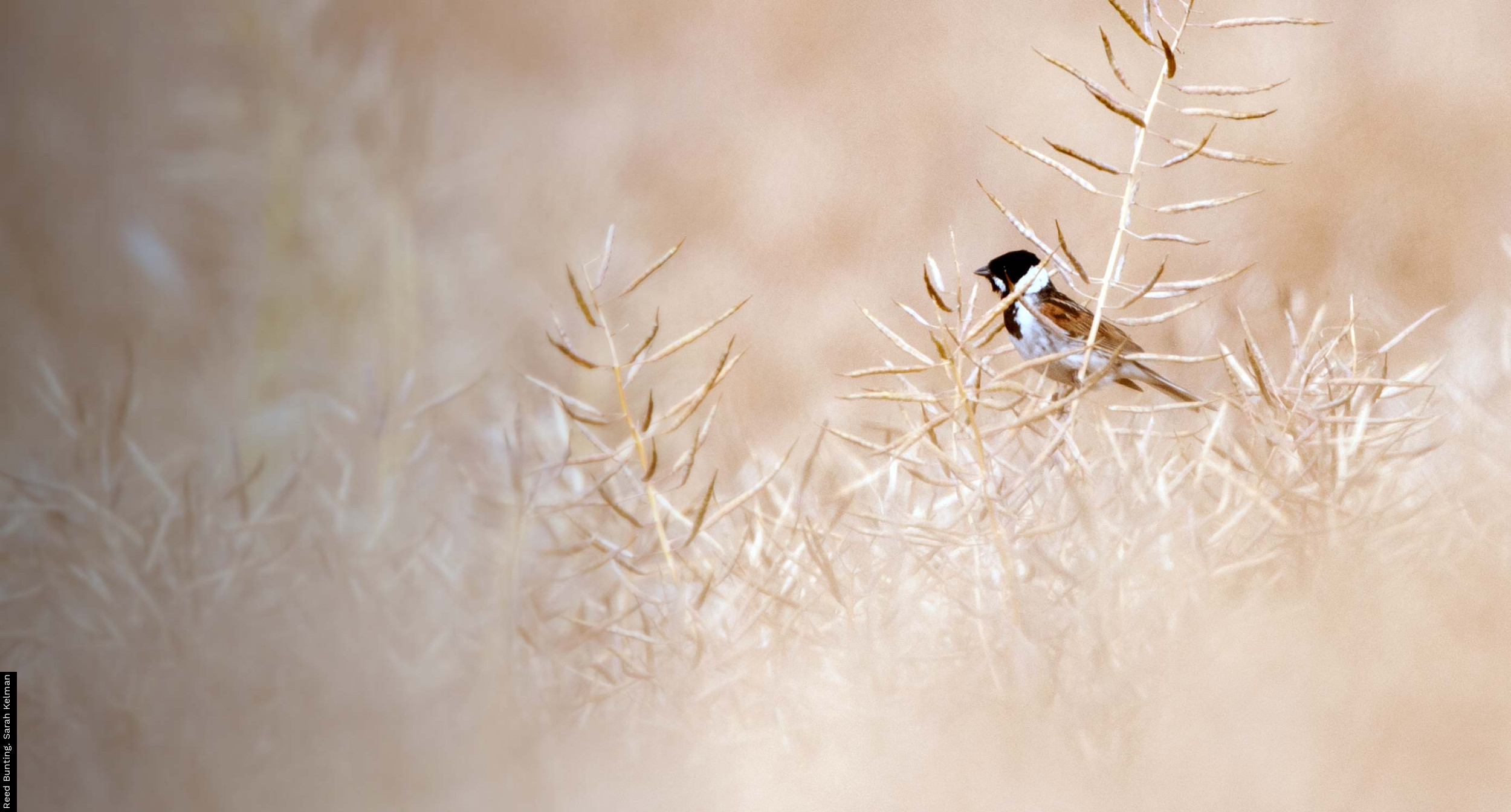Monitoring the changes in the size of a population does not in itself provide sufficient information on which to base an effective conservation strategy (Goss-Custard 1993, Furness & Greenwood 1993). Concurrent monitoring of breeding performance and survival rates is necessary to allow changes in population size to be properly interpreted (Temple & Wiens 1989, Crick et al. 2003) and, for long-lived species, can provide early warning of impending conservation problems (Pienkowski 1991).
Where good long-term data sets for breeding performance and survival are lacking, conservation action might have to be taken without an adequate understanding of the mechanisms involved or might need to wait years for detailed research to be undertaken. As this report demonstrates, however, there are many species for which BTO already holds the necessary data, collected by volunteer observers over periods of several decades (Greenwood 2000).
For a long-lived species, a decline in population may not begin until a long period of low survival or reduced reproductive output has already passed. The classic example is that of the Peregrine, which in the UK suffered from poor breeding performance during the 1940s and 1950s due to sub-lethal DDT contamination. This drop in productivity decreased the capacity of the non-breeding section of the population to buffer the severe mortality of breeding adults that occurred due to cyclodiene poisoning from the mid 1950s onward (Ratcliffe 1993). Monitoring of breeding performance gave an early warning of impending numerical decline (Pienkowski 1991). Another example of a decline in breeding performance that presaged population decline is the catastrophic breeding failures of seabirds, particularly Arctic Terns, in Shetland (Monaghan et al. 1989, 1992, Walsh et al. 1995, Mavor et al. 2003, 2004, Wanless et al. 2005).
Farmland birds
During the mid 1980s, the BTO identified rapid declines in the population sizes of several farmland bird species (O'Connor & Shrubb 1986, Fuller et al. 1995). The BTO has since been able to investigate the demographic mechanisms underlying these declines, using its long-term historical data sets (Siriwardena et al. 1998a, 2000a).
This investigation, which was funded by Government and undertaken jointly with Oxford University, looked at changes in population size, breeding performance and survival rates of a variety of species in relation to changing farming practice. It showed that species responded to different aspects of agricultural change, but that typically these aspects were linked to intensification or regional specialisation. Declines in survival rates were found to be the main factor driving population decline in these species, with the exception of Linnet, for which the main factor appears to have been a decline in nesting success at the egg stage (Siriwardena et al. 2000b). The study was therefore able to eliminate some possible causes of change, and identify areas for future research, thus helping conservation bodies to use their scarce resources productively. This work made an important contribution to the wider programme of work on farmland birds undertaken by many research and conservation organisations (Aebischer et al. 2000, Vickery et al. 2004).
This report describes a number of other cases where the combined analysis of BTO data sets has helped to identify the causes of population declines, for example on the pages for Lapwing (Peach et al. 1994, Morrison et al. 2016c), Song Thrush (Baillie 1990, Thomson et al. 1997, Robinson et al. 2004), Sedge Warbler (Peach et al. 1991), Willow Warbler (Peach et al. 1995a), Spotted Flycatcher (Freeman & Crick 2003), Starling (Freeman et al. 2002, 2007b), and House Sparrow (Freeman & Crick 2002). A fully integrated approach, estimating trends in numbers and demographic parameters through a single model containing data from various BTO surveys, has been introduced by Besbeas et al. (2002). More recently, the use of state-space models and Bayesian techniques for integrated monitoring has been pioneered by Baillie et al. (2009). See also the Methods section on 'Integrated population analysis'.
Biodiversity Action Plans
The ability to quickly determine the stage of the life cycle exerting the greatest influence on population declines is particularly important for the conservation agencies when considering remedial action for species on the lists of conservation concern. Analysis of BTO data sets, which has already helped to build these lists, is a key point in several of the UK Government's biodiversity action plans for rapidly declining species. Once conservation actions have been initiated, the BTO's Integrated Population Monitoring programme has a further function, because the success of these actions will be measured and assessed by continued BTO monitoring.
This report should be cited as: Woodward, I.D., Massimino, D., Hammond, M.J., Harris, S.J., Leech, D.I., Noble, D.G., Walker, R.H., Barimore, C., Dadam, D., Eglington, S.M., Marchant, J.H., Sullivan, M.J.P., Baillie, S.R. & Robinson, R.A. (2019) BirdTrends 2019: trends in numbers, breeding success and survival for UK breeding birds. BTO Research Report 722. BTO, Thetford. www.bto.org/birdtrends





Share this page